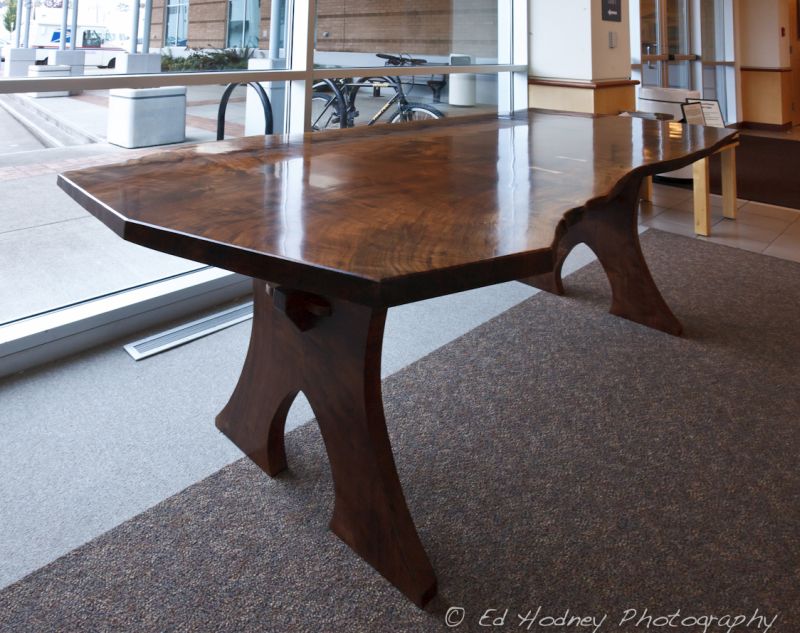Pine for Furniture Drawers
Furnituremakers discuss whether pine is too unstable to use for making drawer sides. March 13, 2007
Question
I have a customer who wants a drawer bank built, nice and strong (of course), but using the least expensive materials that will work (paint grade). Does anyone here object to the idea of using pine as stock for the drawer sides? I've never used it for such a purpose, and I've seen the warping that can happen to pine boards if left unused too long. I'll be dovetailing the joints and dadoing in a 1/2" bottom. The drawers will be large (25"w x 16"d x 9"h).
Forum Responses
(Furniture Making Forum)
From contributor L:
Unless this is ponderosa or knotty pine, pine is not cheap. I would suggest using poplar instead. It is stronger than pine, slightly harder and is a good paint grade wood.
From the original questioner:
Thing is, I have the pine in my shop already, and would like to use it. My concern is whether I should expect problems over time with the sides of the drawers warping because I used pine, instead of, say, poplar or maple. It's a stability question, and I'm asking because I've never before used pine for this purpose.
From contributor C:
Pine is often used as a secondary wood on period pieces. If you dovetail it, the dovetails will prevent cupping. The only problem with the pine is that it wears out on the bottom of the drawer from opening and closing, but this takes a long time and a lot of use. Make sure the pine is kiln dried. You won't have any problems.
From contributor F:
If you've had the pine laying around your shop for a while, and it still looks good, I don't see why you can't use it. Those drawers are not that large. Have some pine drawers in my home I built 15 years ago and they still look fine.
From the original questioner:
Thanks. I won't have a problem with the bottoms wearing because I'm using Accuride full-extension slides. I will find out if the wood was kiln-dried, though - thanks for the heads up.
From Professor Gene Wengert, Sawing and Drying forum technical advisor:
It depends on which pine you are going to use. Western white pine does not shrink much and has a low tendency to warp. Some other pines, like red pine, shrink and warp much more. Remember that wood does not shrink or swell (and that includes warping) unless the moisture content changes. You will find that most pine you get is too wet and so it will dry out in your shop or after you make the drawers. It is critical to make sure that the wettest pieces are not over 11% MC. At the same time, if the wood is under 9% MC, it will begin to get brittle. Because most pine is used for construction lumber (19% MC or 15% MC), it is hard to find 4/4 lumber at the correct MC (except in white pine country).
The old wood builders did not kiln dry their lumber, but they would let it acclimatize in the rafters of their heated shop and thereby achieve 10% MC easily. It does not matter how you achieve 10% MC, but today kiln-dried is best as it sets the pitch and kills any insects as well. So, I urge you to get a moisture meter ($200 range) and check the MC to assure that it is okay and thereby assure that you will not have any warp in use.
With today's pines (except EWP), dovetails will not prevent warp if the wood is much over the indicated MCs.
From contributor I:
I use pine in all of my drawers. I treat the pine like all of my projects and rip and laminate at about 4". I also dovetail and never had any complaints.
From the original questioner:
The pine I have is "appearance" ponderosa. I called the supplier and they tell me it's kiln dried (although they didn't sound 100% positive about it). About getting a moisture meter - I'm not able to drop $200 for one right now, but the boards have been in my rafters for a few weeks.
From Professor Gene Wengert, Sawing and Drying forum technical advisor:
Putting wood in your attic to dry it is a great idea. I do it for all my wood. Just watch the total weight so you do not break the rafters. If it has been sunny, your wood is plenty dry, so you would not need a meter to test it.
